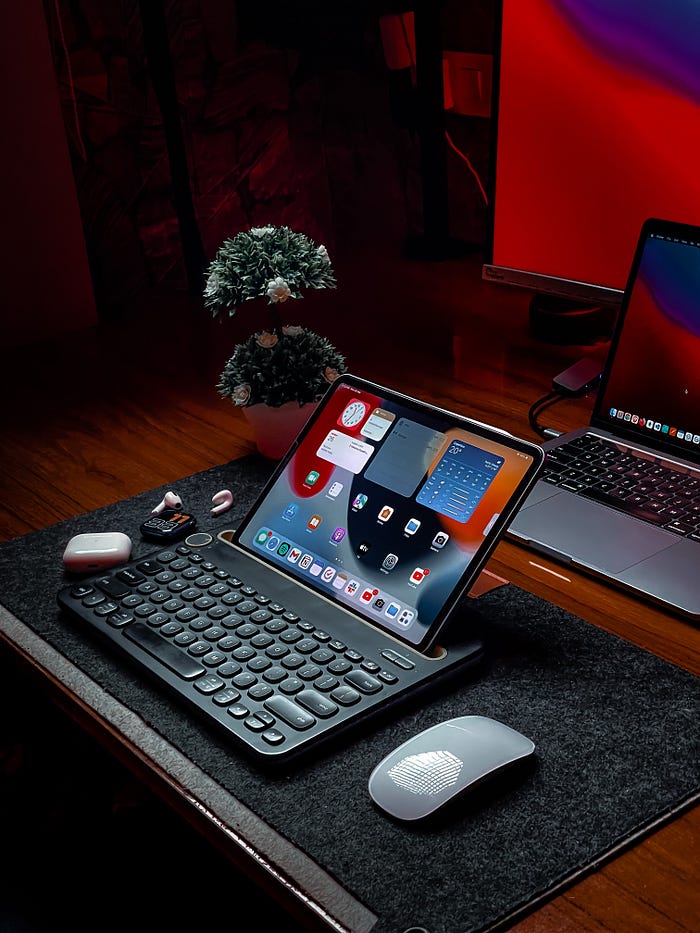
In today’s rapidly evolving digital landscape, the success of a website or mobile application hinges on more than just its functionality. User Interface (UI) design has emerged as a critical factor that can make or break a user’s interaction with a digital product. Effective UI design not only ensures a visually appealing interface but also plays a pivotal role in enhancing user experiences, improving user engagement, and driving business success. This article explores the significance of web and mobile UI design services, delves into key principles and processes, and highlights the impact of well-crafted UI designs on user satisfaction and brand recognition.
The Role of UI Design Services
web & mobile ui design services encompass a wide range of activities aimed at creating user-friendly and visually captivating interfaces for websites and mobile applications. These services encompass a holistic approach that combines aesthetics, functionality, and user psychology to deliver seamless interactions. While UI design focuses on the presentation and layout of elements, User Experience (UX) design takes a broader view, considering the overall journey and emotional connection of users with the product.
In today’s competitive digital landscape, UI design services are no longer a luxury but a necessity. With the proliferation of smartphones and tablets, along with the rise of responsive web design, UI designers face the challenge of adapting layouts to various screen sizes and orientations without compromising user experience. As a result, businesses are increasingly turning to UI design experts to create interfaces that are not only visually appealing but also highly responsive and intuitive.
Principles of Effective UI Design
web design company in USA is rooted in a set of principles that guide designers in creating interfaces that are functional, aesthetically pleasing, and user-centered. Some key principles include:
- Simplicity: Keeping the design simple and clutter-free ensures that users can easily navigate and understand the interface. Clear and concise design elements contribute to a smooth user experience.
- Consistency: Maintaining a consistent design language across different screens and elements helps users build familiarity and confidence in using the product. Consistency in layout, typography, and color schemes enhances the overall cohesion of the interface.
- Hierarchy: Designers use visual cues such as size, color, and placement to establish a clear hierarchy of information. This guides users’ attention and helps them quickly grasp the most important elements on a page.
- Feedback: Providing timely and meaningful feedback to user actions helps users understand the outcomes of their interactions. Visual cues like animations, transitions, and notifications enhance the user’s sense of control and understanding.
- Accessibility: Designing with accessibility in mind ensures that the interface is usable by individuals with disabilities. This includes considerations for screen readers, keyboard navigation, and color contrast.
- Visual Appeal: While functionality is key, aesthetics also play a significant role in user engagement. Visually appealing designs can evoke positive emotions and create a memorable impression.
